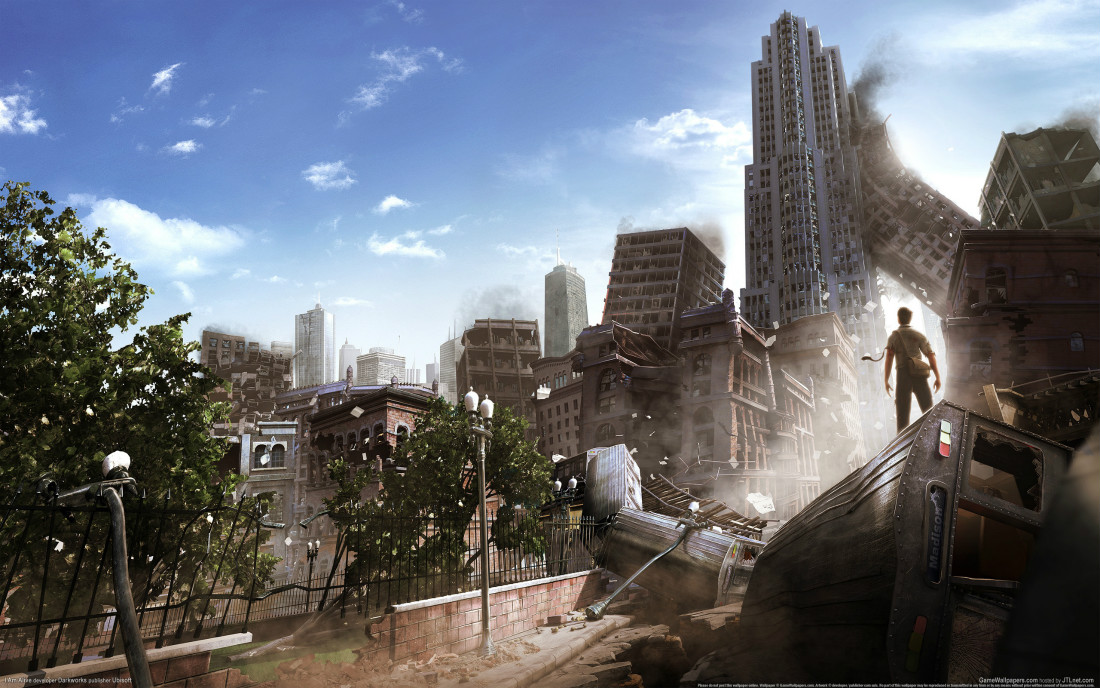by Zoey Sky, Natural News:

- Traditionally “safe” states like Montana, North Dakota, Missouri, Arizona and Illinois are now facing new risks due to infrastructure decay and geopolitical tensions. These areas, once considered secure due to their isolation and smaller populations, are becoming increasingly vulnerable to threats that were previously overlooked.
TRUTH LIVES on at https://sgtreport.tv/
-
- History shows that no region is immune to disaster. The Midwest, for example, has faced significant seismic activity (e.g., the 1811–1812 New Madrid earthquakes) and climate-induced crises (e.g., the 1930s Dust Bowl). These events highlight the region’s susceptibility to natural disasters, which are now compounded by modern challenges like terrorism.
-
- Arizona faces severe water shortages due to drought and competition for the Colorado River, with potential for conflict and terrorism. Colorado suffers from recurring droughts, wildfires and political polarization that could lead to civil unrest. Illinois struggles with aging infrastructure and flood risks, leaving it unprepared for large-scale disasters.
-
- Missouri is at risk due to the New Madrid Seismic Zone, which could cause catastrophic damage to infrastructure. Montana and North Dakota, while remote, are vulnerable to attacks on critical infrastructure like nuclear silos and oil fields, with potential nationwide consequences.
-
- The concept of safety is being redefined by shifting environmental and political landscapes. Awareness and adaptation are crucial for mitigating risks.
As natural disasters grow more severe and geopolitical tensions rise, even the most traditionally “safe” U.S. states could soon face unprecedented threats.
States like Montana, North Dakota, Missouri, Arizona and Illinois, which have long been considered low-risk due to their modest populations and geographic isolation, are now vulnerable to threats like infrastructure decay and asymmetrical attacks.
If you live in or plan to bug out to these areas, reassess your preparedness strategies as shifting environmental and political landscapes redefine safety in America. (h/t to AskAPrepper.com)
Historical context: The illusion of safety
Since the Cold War, Midwest and Mountain West states have been viewed as secure havens, far from coastal hurricanes and international conflict zones.
Yet history proves that no region is immune to disaster.
The New Madrid earthquakes of 1811–1812, which reshaped the Mississippi River, serve as a stark reminder of the Midwest’s seismic risks. Similarly, the Dust Bowl of the 1930s revealed how climate stressors could devastate agricultural heartlands.
Today, similar threats, supercharged by modern challenges, are re-emerging.
Arizona: water wars and border vulnerabilities
Arizona’s rapid growth hinges on the Colorado River, but severe droughts and upstream demand are straining supplies. The state’s water infrastructure is a ticking time bomb and terrorism could trigger a crisis overnight.
Meanwhile, proximity to Mexican cartels adds another layer of risk, with border towns like Nogales facing persistent security challenges.
Colorado: droughts and social tensions
Colorado’s idyllic mountain towns conceal mounting threats. Four severe droughts since 2002 have fueled wildfires and water shortages, while population growth exacerbates resource competition.
Denver’s political polarization, which was epitomized by urban-rural divides, also raises concerns about civil unrest. It’s worth noting that water scarcity isn’t just an environmental issue; it’s a potential flashpoint for conflict.



